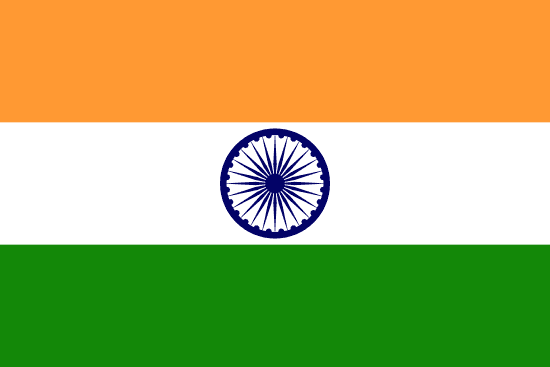"Buddham Sharanam Gachami | I go to the Buddha for refuge"
About:
Bodh Gaya, in Bihar, India, is a significant pilgrimage site for Buddhists, marking the place where Gautama Buddha is said to have attained enlightenment. Its history dates back to 500 BC when Siddhartha Gautama meditated under the Bodhi tree. Emperor Ashoka established a monastery there in the 3rd century BC. The site declined until the 19th century when British archaeologists began restoration. It's now a UNESCO World Heritage Site, attracting millions of visitors annually.
When to visit:
Bodh Gaya, located in the state of Bihar, India, is a significant pilgrimage site for Buddhists worldwide. The best time to visit Bodh Gaya is during the winter months of November to February when the weather is pleasant and cool, making it ideal for exploring the various temples and monasteries in the area. During this time, the town is bustling with devotees and tourists from around the world, creating a vibrant and spiritual atmosphere. It is advisable to plan your visit during this period to fully experience the cultural and historical significance of this sacred place.
When to avoid:
The worst time to travel to Bodh Gaya on a holiday is during the peak monsoon season, which typically occurs from July to September. During this time, the region experiences heavy rainfall and the risk of flooding, making travel difficult and sightseeing challenging. The wet weather can also lead to disruptions in transportation and outdoor activities, impacting the overall travel experience. It is advisable to avoid visiting Bodh Gaya during this period to ensure a more enjoyable and hassle-free trip.
"Winter Season (Dec-Feb)"
Winter in Bodh Gaya, India, from December to February, is the coldest part of the year. Average temperatures range from 5°C to 20°C. Although it's the driest season, occasional rainfall can occur, averaging around 15mm in January. Sunlight is moderate, with an average of 7 hours per day, while cloud cover varies between clear to partly cloudy skies. A typical day for a visitor would involve chilly mornings and evenings, with warm, sunny afternoons - ideal for visiting the sacred Bodhi Tree and other historical sites.
"Hot Season (March–June)"
In Bodh Gaya, India, the warmest part of the year typically falls between April and June. During this period, the average high temperatures generally range from 36°C to 42°C (97°F to 108°F), while the average lows can vary between 24°C to 28°C (75°F to 82°F).
Rainfall is relatively low during these months, with May being the driest. However, pre-monsoon showers may commence by late June, leading to a slight increase in rainfall. The region experiences around 7-9 hours of sunlight per day, providing ample daylight for activities.
Humidity is generally high due to the region's proximity to the Bay of Bengal, often ranging from 50% to 70%. The sky tends to be partly cloudy, with cloud cover increasing toward the end of June as the monsoon approaches.
A typical day for a visitor during this period would likely be hot and dry, especially in the afternoons when the sun is at its peak. The mornings and evenings are relatively cooler and more comfortable. Despite the heat, the high visibility and long daylight hours make it a good time for sightseeing and other outdoor activities. However, it's advisable to stay hydrated and take frequent breaks to avoid heat exhaustion.
Language:
In Bodh Gaya, the most commonly spoken languages are Hindi and Magahi. Hindi is the official language of India, while Magahi, also known as Magadhi, is a language spoken in Bihar, the Indian state where Bodh Gaya is located. English is also understood and spoken by a significant portion of the population, especially those involved in the tourism industry.




